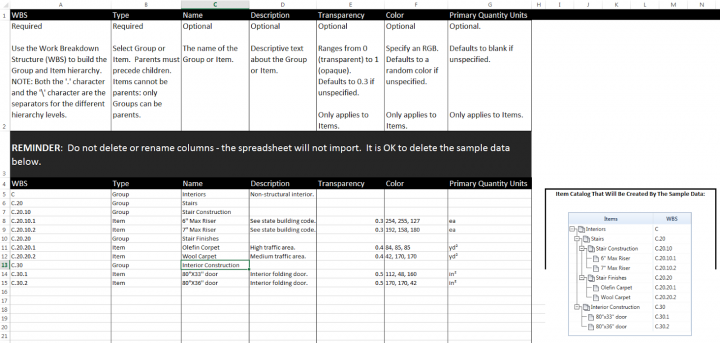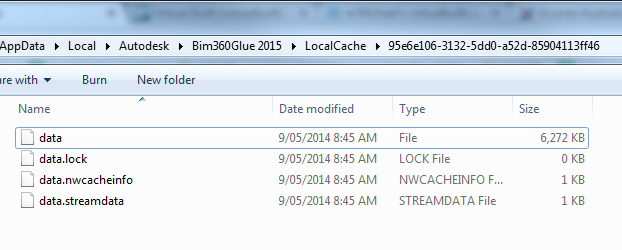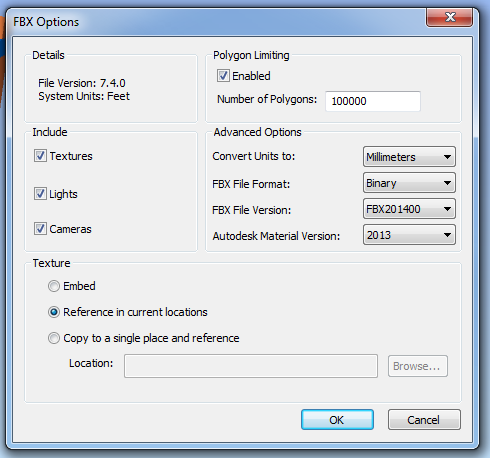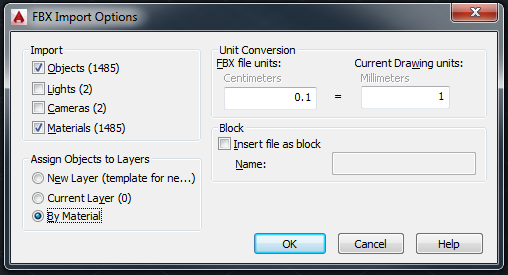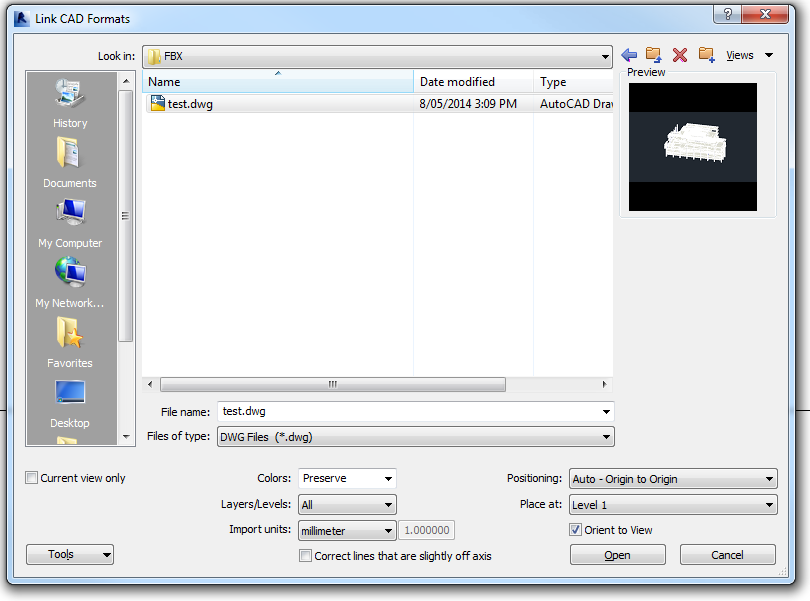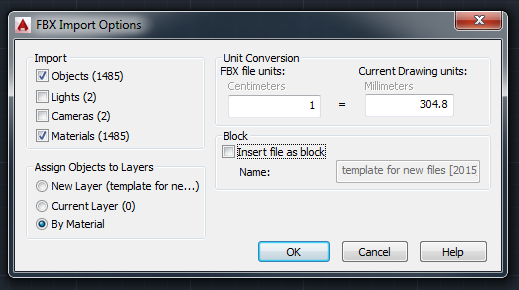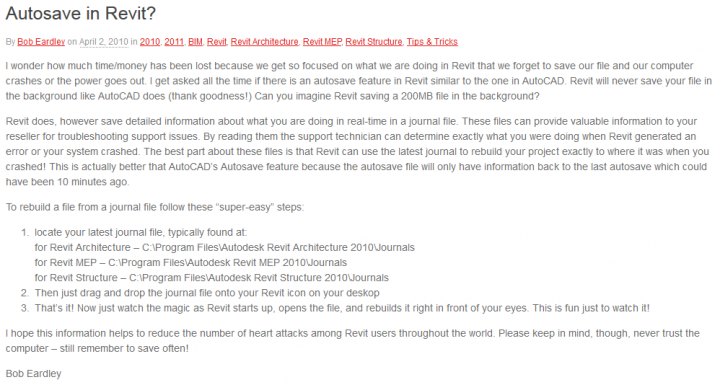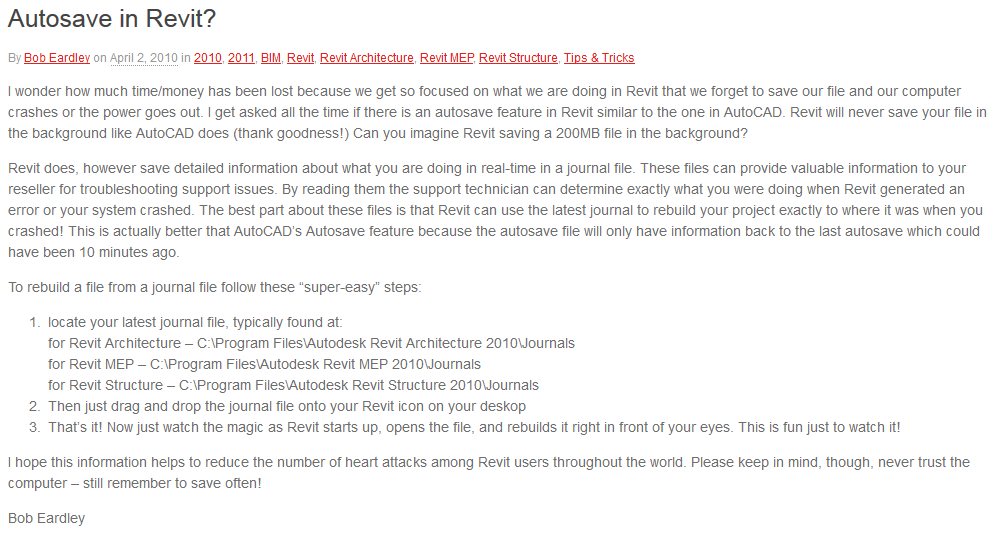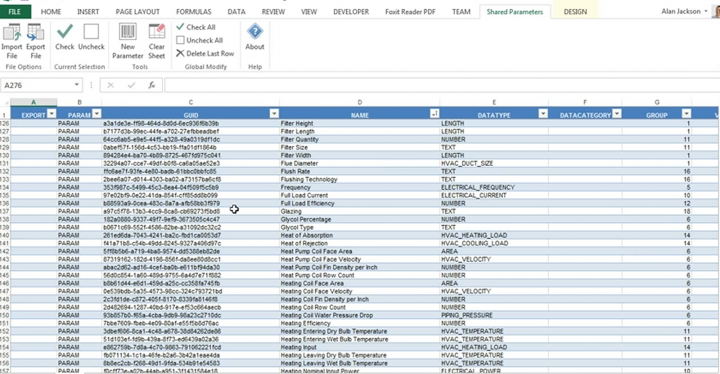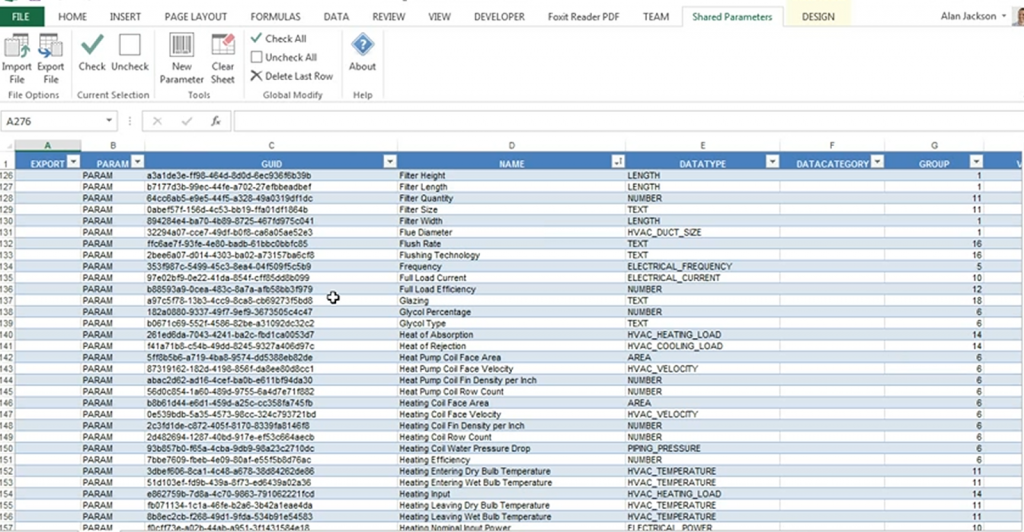Category: Uncategorized
Interesting, sounds easy… anyone using this?
Constructivity Server does not rely on any external database or web server; it stores all data within a folder structure as native IFC files and index files. Getting a server up and running requires two settings: folder location and web server port.
Video showing merge control:
via https://twitter.com/Opening_Design/status/464435922944425984
Download it here, quick summary below:
- IfcOpenShell is now our preferred render engine
- new feature in this release is the “model checking” capability. We implemented model checking in two places: before data is stored in the database, and before a notification to a remote service is send out
- With the ‘send notification’ features (find it under settings) an e-mail is send out to project members every time a new revision is checked-in
- new version of BIMserver is already started and progressing very nice
Read the whole article:
Open source BIMserver | Release 1.3.0 final
I have previously discussed going from Navisworks to Revit using FBX – 3dsMax – SAT. However, maybe we can do this without 3dsMax. Did you know that vanilla AutoCAD has a FBXIMPORT command?
1) Export FBX from Navisworks – it will ignore Section clipping planes, but it will respect the Hide/Required setting of the view. You can limit polygons (advised for big models)
2) FBXIMPORT in AutoCAD – untick Cameras and Block options as they can be problematic.
Then save DWG. (Note – see below for correct 1:304.8 import scale)
EDIT: If using Navisworks 2015 FBX export to version 2014, with Advanced Options units set to millimeters, you can import to AutoCAD 2015 with 1:1 scale factor (using latest service packs)
3) Open Revit and Link in the DWG.
For this example, I used Origin to Origin as I wanted to try round-tripping back to Navisworks.
Once I exported the NWC and put it back into Revit, I noticed the file was out of scale. Now, I experimented with a few different scale settings, but everytime it was a scale of about 30 or 300 wrong. 1 foot = exactly 304.8 mm. Evidently, the “internal” units of an FBX are feet. So, when we import to AutoCAD we need to use this setting to translate to mm:
This time, when I exported the Revit view to a NWC, and then appended it back to Navisworks – it can came back in exactly the right place. This workflow relies on using the internal Revit Zero point and Origin to Origin linking.
There you go – now you can roundtrip any mesh geometry from Navisworks to AutoCAD to Revit and back to Navisworks 🙂
The DevTV videos are one of the best ways for new Revit programmers to start to get their head around things, and they have been updated for Revit 2015. Links:
- DevTV Introduction to Revit 2015 Programming Part 1 – a short video tutorial demonstrating the basic steps to start developing with the Revit .NET API – View online | Download
- DevTV Introduction to Revit 2015 Programming Part 2 – a short video tutorial demonstrating selection and filtering API through a Room Renumbering application – View online | Download
- Revit 2015 API Labs
Downloads:
Revit Add-In 2014
Revit Add-In 2015
SP.Writer Excel Tool
Intro video (2014 version):
Heads-up https://twitter.com/bim_source/status/463673207229538304
Useful comments over at this post
Shared Parameter Management 2014 – BIM Source

